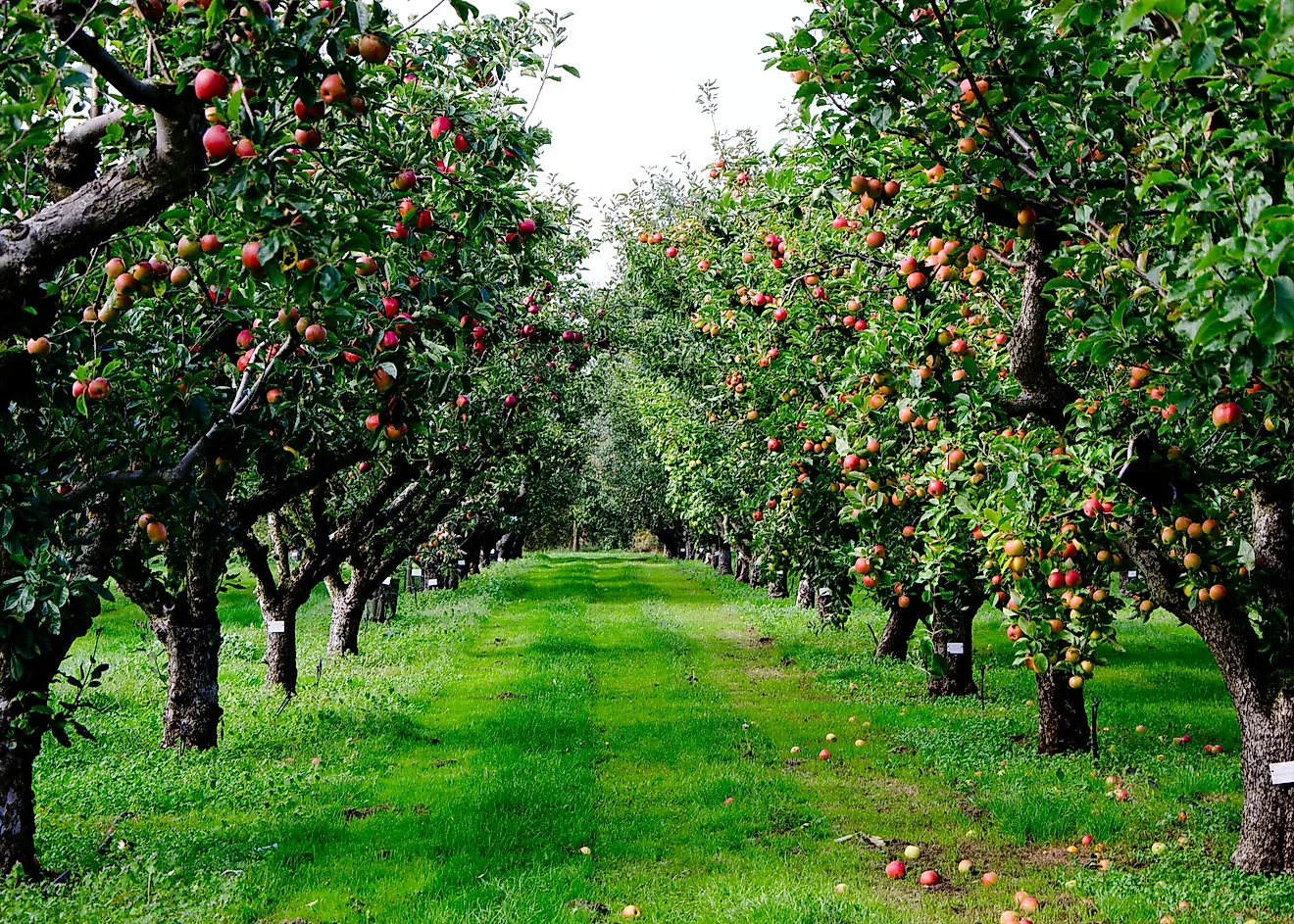Was Johnny Appleseed a Real Person?

The American tradition is populated with numerous fictional and real heroes who the children learn about in schools. One of the most famous American folklore is that of a man named Johnny Appleseed who traveled across the U.S. planting apple trees. His story is recounted in numerous children’s books, and it’s often said that Johnny Appleseed scattered apple seeds from Massachusetts to California.
Was Johnny Appleseed Real?
Yes, the legend of Johnny Appleseed is based on a real man known as John Chapman who introduced apple trees in various parts of West Virginia, Illinois, Indiana, Ohio, Ontario, and Pennsylvania. Even though some parts of his life have been mythologized over the years, Appleseed was a real person. Chapman became a legend while still alive because of his leadership in conservation and the role he played in planting apple trees all over the United States. Chapman was also a Swedenborgian missionary.
Early Life
John was born in 1774, in Massachusetts. He was the second born of Elizabeth and Nathaniel Chapman. His mother passed away in 1776 after giving birth to John’s younger brother Nathaniel Jr. who also passed away a few days later. His father remarried to Lucy Cooley during the summer of 1780. When he was eighteen years old, John convinced his brother Nathaniel Cooley to go with him to the west. The two brothers lived a nomadic life until 1805 when their father moved with his entire family to the west. Nathaniel decided to stay with his father while John started his apprenticeship with Mr. Crawford, who owned many apple orchards.
Career
There are numerous tales of Chapman planting nurseries in Wilkes-Barre, Pennsylvania and also collecting seeds from the marc at the cider mills in Potomac during the 1790s. Chapman was known for spreading apple seeds everywhere he visited. Instead of building orchards, Chapman planted nurseries and left them under the care of neighbors who sold the apple trees on shares. Chapman will always return to tend to the nurseries after every one or two years. Chapman built his first nursery at the banks of Brokenstraw Creek, before moving along the banks of the French Creek to Venango County. Most of Chapman’s nurseries were in various towns in the Mohican region of Ohio including Loudonville, Perrysville, Lisbon, and Mansfield.
Chapman was a missionary who preached the New Church gospel as he traveled across the country. Chapman managed to convert many Native Americans who regarded him as an individual who was touched by a Great Spirit, and even hostile tribes never attacked him. He cared deeply about all animals and is believed to have had a pet wolf. Chapman also planted Eupatorium capillifolium which was believed to have medicinal value.
Death
John died in 1845 in Fort Wayne, Indiana. Numerous dates are listed for Chapman’s death by various sources with Harper’s New-Monthly Magazine claiming that he passed away in mid-1847 which is incorrect. Many Indiana Newspapers reported that Chapman died on March 18, 1845. Chapman is remembered by his traveling song which is sung in various homes before meals. Numerous films and books have been based on the life of Appleseed.











